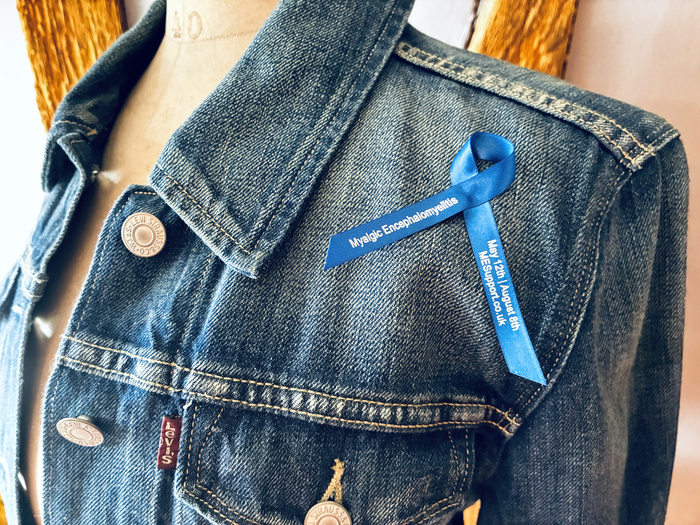Awareness
This year, 2025, marked the 33rd anniversary of International May 12th Awareness Day. The idea originated with Thomas Michael Hennessy, Jr., the founder of Repeal Existing Stereotypes about Chronic Immunological and Neurological Diseases (no longer active). Tom Hennessy was based in the USA but understood that it needed to be an international event; he designated 12 May 1992 as the International Awareness Day for the spectrum of illnesses he called Chronic Immunological and Neurological Diseases (CIND).
May 12th was chosen as it coincided with the birth date of Florence Nightingale, the celebrated English social reformer and statistician, and the founder of modern nursing. Nightingale became chronically ill in her mid-thirties after returning from the Crimean War; the M.E.-like illness often left her bedridden during the last 50 years of her life. You will find a more detailed account in my article A Short History of Myalgic Encephalomyelitis.
Tom Hennessy included Myalgic Encephalomyelitis, Fibromyalgia, Gulf War Syndrome and Multiple Chemical Sensitivity under the CIND umbrella. These illnesses, characterised by cognitive problems, chronic muscle and joint pain, extremely poor stamina, and numerous other symptoms, afflict people around the world in alarming numbers.
May 12th efforts have largely been low-key and undertaken by individuals or individual organisations. Due to the mandates of these organisations the awareness efforts have, for the most part, focused on only one of the illnesses. From the beginning of 1993 various M.E. organisations were behind the idea, and it was subsequently highlighted at the First World Congress on Chronic Fatigue Syndrome and Related Disorders in 1995. This was instrumental in the campaign being adopted internationally for Myalgic Encephalomyelitis. The universal symbol of the Blue Ribbon is worn to spread awareness and support sufferers.
Awareness continues to increase throughout the world, and Severe M.E. Day was launched in 2013 by the 25% ME Group. August 8 is a day to remember everyone who is suffering or who has ever suffered from severe Myalgic Encephalomyelitis. A rainbow was chosen as the emblem for this day to symbolise a bridge from ignorance to knowledge.
Shortly after this inaugural event, on Monday, 9 September 2013, Tom Hennessy committed suicide at the age of 59, after a 25-year battle with Myalgic Encephalomyelitis.
The Myalgic Encephalomyelitis Action Network is a worldwide M.E. patient advocacy group co-founded in 2015 by Jennifer Brea (director of the award-winning M.E. documentary film Unrest) and Beth Mazur. They created the #MillionsMissing global campaign in 2016, which asks for increased government funding for research, clinical trials, medical education and public awareness.
The World ME Alliance, a collaborative of organisations from across the globe, launched World ME Day on 12 May 2022. This new initiative aims to bring together organisations and unify efforts to raise awareness and campaign together on Myalgic Encephalomyelitis.

